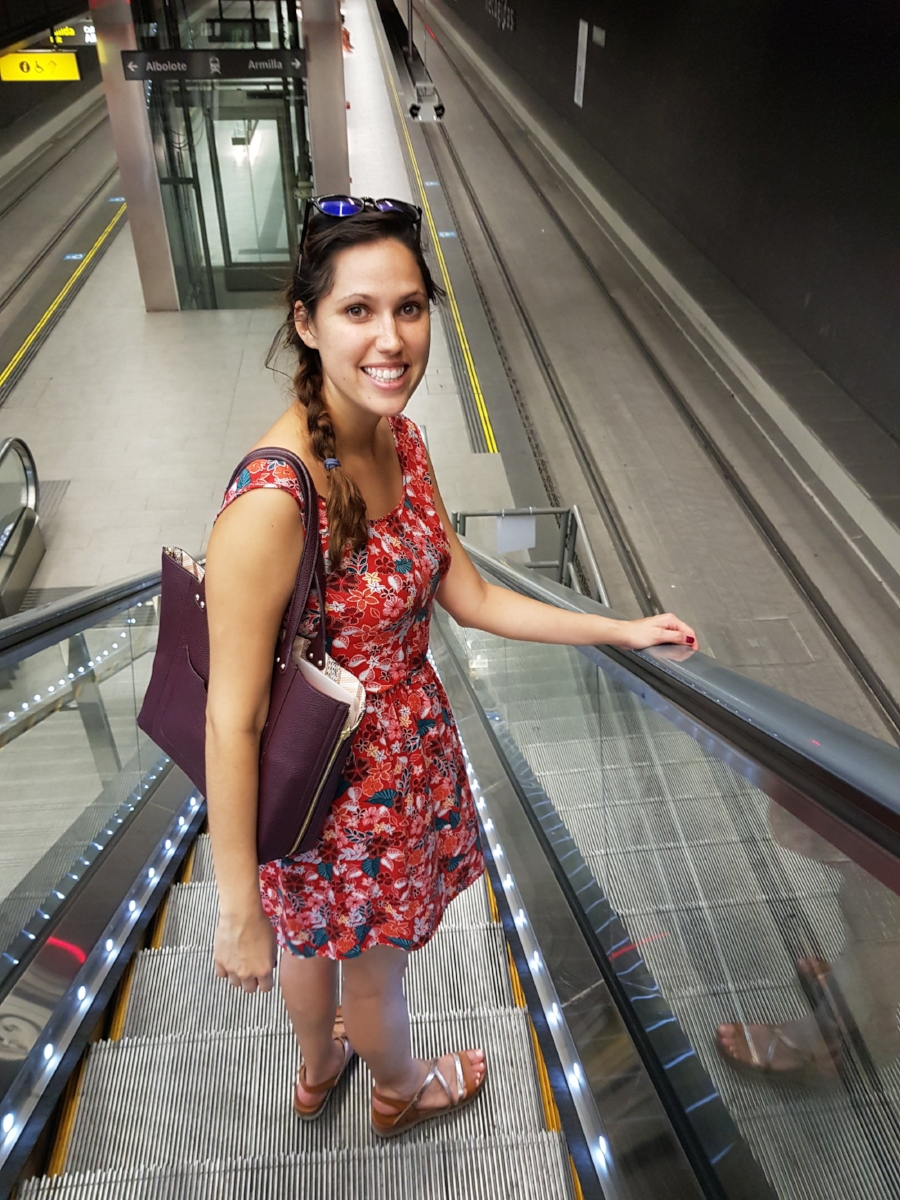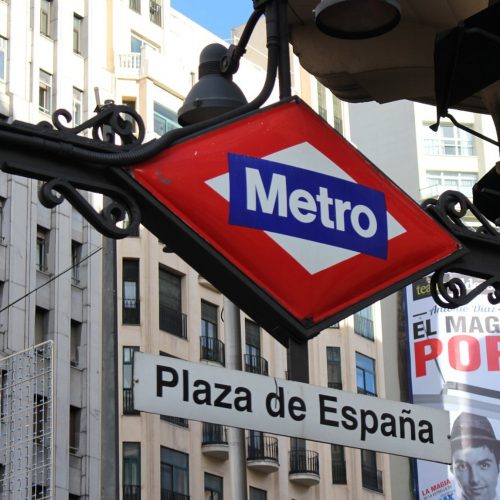
How to: Use Public Transport in Spain
Dear Sam,
As we mentioned briefly when talking about how people seem to walk everywhere in Spain, another major factor as to why it’s not as necessary to have a car while living abroad here is the fact that public transportation in Spain is quite available, frequent, and reliable. From city buses to trams and subways to cercanías trains (which will take you to nearby towns), pretty much every city in Spain provides enough access to get you where you want to go without the hassle of driving.
Of course, there are more and less effective ways to use public transport depending on how often you plan to travel so let’s talk about some of the options you should keep in mind to help you know what to expect from public transport within your city.
For the frequent traveler—consider getting a monthly metro and/or bus card
If you plan to be using the bus or the metro* on a daily basis you definitely want to look into your options for getting on a monthly plan or abono. The exact details of this option will vary from city to city, but you can expect to pay a flat fee on a monthly basis for unlimited usage of the metro or bus (and sometimes a combination option is available as well). If you use the card enough it will obviously come out to be much less expensive than if you were paying for each trip individually.
In some cities, like Madrid, you can even specify the date that your month starts (convenient if you tend to not get paid until the 5th of the month and want to ensure you are charged after). Be aware that these kinds of cards may take a bit longer to apply for and then to receive the card (which will generally include your name and photo so that it cannot be handed off among a number of people). Still, if you will be using public transport regularly, it’s worth the hassle.
For the intermediate traveler—consider getting a reloadable travel card
The name for this option will vary from place to place (some variations include bonobus, bono transbordo, and tarjeta multi) but the concept is the same. Basically, you can put a set number of trips or a minimum saldo, or balance, onto your card and then enjoy cheaper fees per trip. This is the option I personally choose as it allows me to “top off” whenever I need it (something I do at the metro station, on the bus, or in a tobacco shop at my convenience) and to otherwise travel free of concern about having cash on me.
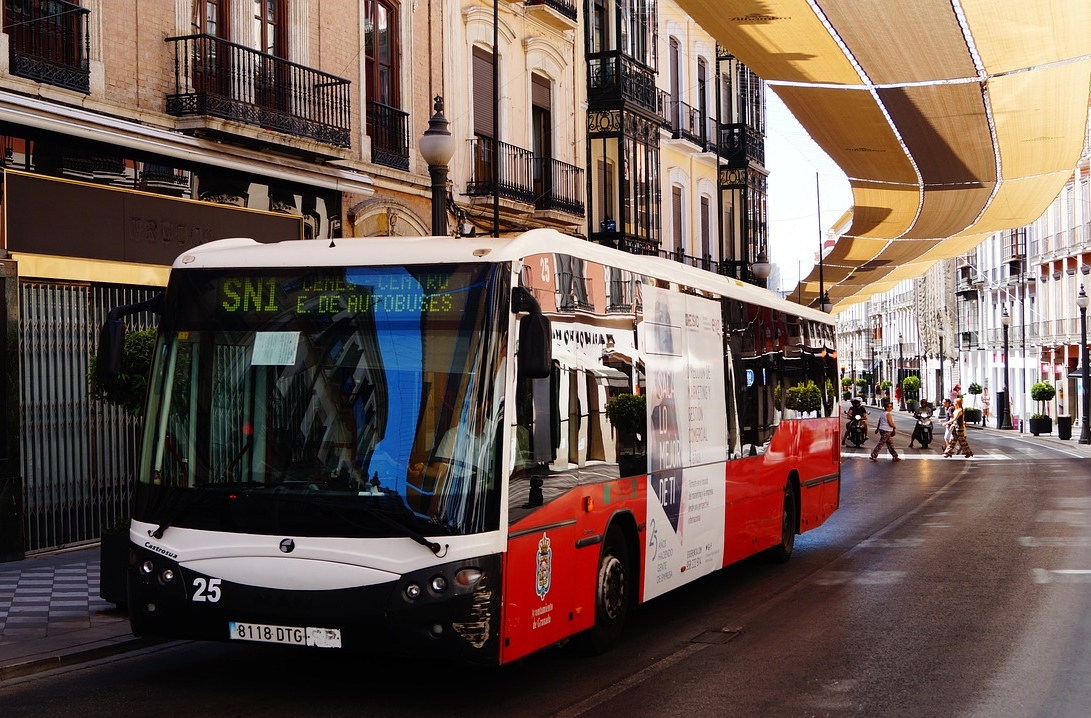 A reloadable travel card also allows you to easily cover a guest’s metro or bus ticket as it can be used by multiple people and therefore validated for as many trips as you have available at once (something that is not allowed by the monthly card options). For someone who is going to use public transport just a couple times a week, this is the best option as it’s cheaper and more convenient than paying for individual tickets each time, yet the saldo on your card remains until you want to use it and so you never have to deal with paying the same monthly fee even if you barely caught the metro that month.
A reloadable travel card also allows you to easily cover a guest’s metro or bus ticket as it can be used by multiple people and therefore validated for as many trips as you have available at once (something that is not allowed by the monthly card options). For someone who is going to use public transport just a couple times a week, this is the best option as it’s cheaper and more convenient than paying for individual tickets each time, yet the saldo on your card remains until you want to use it and so you never have to deal with paying the same monthly fee even if you barely caught the metro that month.
For the infrequent traveler—simply purchase individual tickets
If you don’t plan to use trams, buses, or metros often you’re probably best off just purchasing a billete sencillo, or individual ticket, whenever you do utilize this public transport. For the most part, an individual ticket will allow you one transfer on the same form of transport and often a reduced price for transfer to another form. There are obviously no added bonuses or frills that come along with this option, but for someone who’s only going to use public transport every once in a blue moon, it’s the way to go!
Some Useful links
Here are some links to get you to more specific information for a few cities (but if you don’t see your adopted home on the list, simply search online for the option you are interested in such as “abono mensual” + name of city or inquire at a ticket booth in your area):
Madrid: https://www.metromadrid.es
Barcelona: https://www.metrobarcelona.es
Sevilla: https://www.metro-sevilla.es
Granada: http://www.lovegranada.com/transport
Salamanca: http://salamancadetransportes.com (bus only)
Valencia: https://www.emtvalencia.es
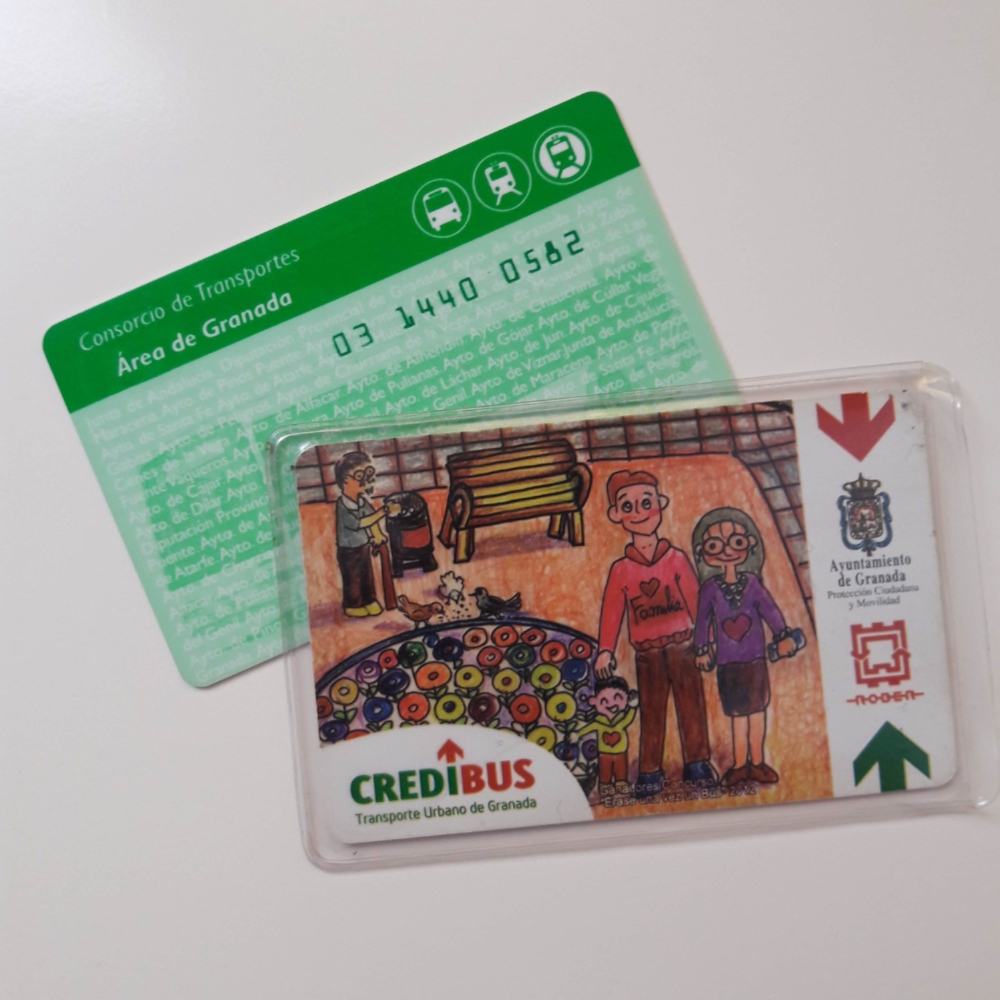 A few more things to consider
A few more things to consider
Unfortunately, not all cities in Spain have an overall option that will allow you to transfer from the bus to the metro (etc) without a different ticket or card. If you’re someone who will need to use multiple forms of transport, this can be quite annoying, but as someone who will likely only use the bus or the metro, it can mean cheaper options. Simply be sure to check out the information you can find on your city’s transport websites as well as to ask around.
Sometimes checking in with co-workers, host-families, or friends can be a saving grace as there’s an additional option that isn’t so well-advertised. For example, here in Granada the tarjeta consorcio (which is a secondary bus travel card I had for the buses that connect the center with nearby towns) can also be used on the metro and so I didn’t need to invest in a third reloadable travel card. You may find that you can do everything you need with one pass or you may be constantly switching off from one to another.
Youth, or Joven, options
Don’t forget that here in Spain, people are considered ‘youths,’ or jovenes, well into their 20s and even 30s! This means that, even if you have been considered an adult for years back home, you may be able to cash in on your youthful status when you apply for things like a public transport pass. As always, rules will vary depending on where you are looking to benefit from the ‘youth’ option and you may not be eligible for a youth metro card simply for your age. Some establishments will require you to be the holder of a carnet joven, or youth card, in order to apply for the youth transport pass.
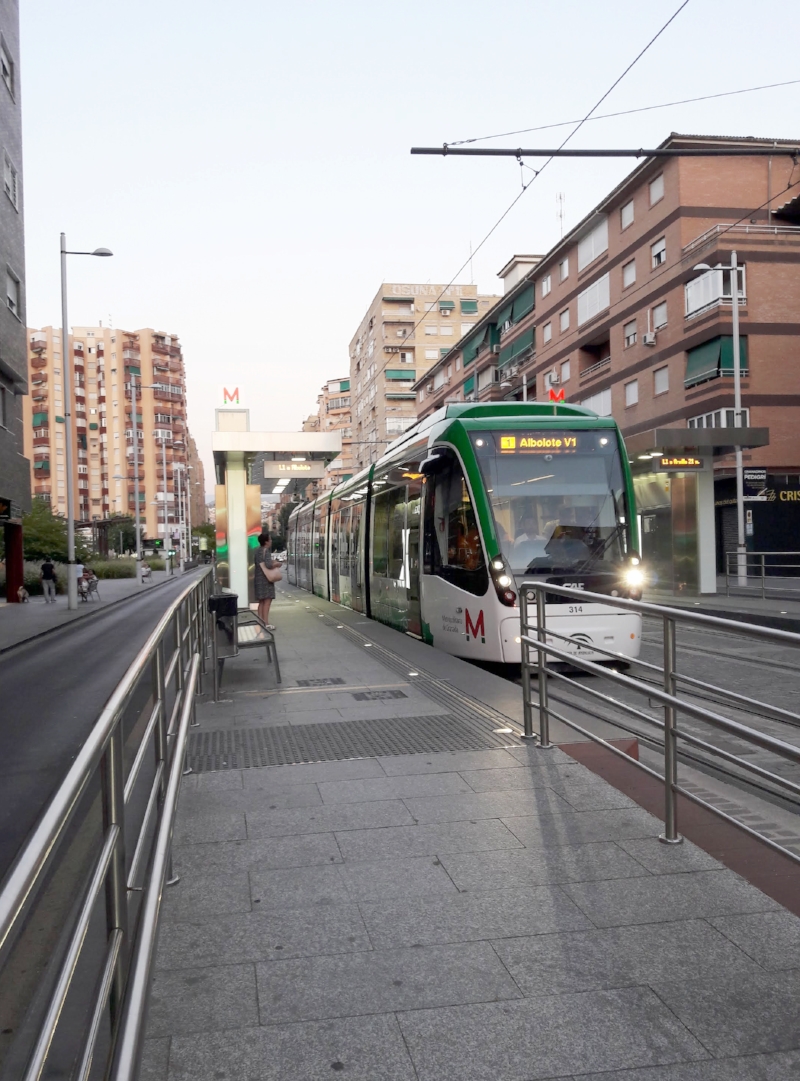 The carnet joven (also written as carné joven or carnet jove) is provided by your comunidad, or autonomous region. This card will score you discounts on a plethora of things, not just transport, so you should definitely look into this option if you will be spending a significant amount of time in Spain (even if the transport discounts are not a big draw for you). You can find out the requirements in your area online, such as at the following links:
The carnet joven (also written as carné joven or carnet jove) is provided by your comunidad, or autonomous region. This card will score you discounts on a plethora of things, not just transport, so you should definitely look into this option if you will be spending a significant amount of time in Spain (even if the transport discounts are not a big draw for you). You can find out the requirements in your area online, such as at the following links:
Andalucía: http://www.juntadeandalucia.es/temas/familias-igualdad/jovenes/carnet-joven.html
Madrid: http://www.carnejovenmadrid.com/es/que-es/solicitalo
Cataluña: https://www.carnetjove.cat/ca
Valencia: http://www.ivaj.gva.es/es/carnetjove
As you have likely noticed, it is hard to give general information that will be relevant and true in your city as Spain has a way of doing things differently depending on where you find yourself. Still, these general tips should help you know what to look for and ask about in your new home. As always, feel free to reach out with any questions or additional information you feel would be helpful for others who want to use public transport here in Spain.
Sincerely,
Spain
*Generally, ‘metro’ is used in Spanish to talk about the subway/underground. However, it is actually short for metropolitano which can essentially just be the metropolitan, or city, train (as you can experience in Granada, where the ‘metro’ is half tram, half underground).


